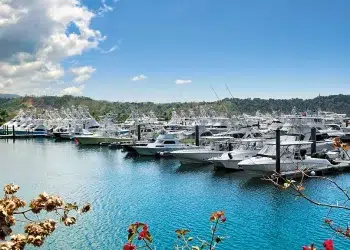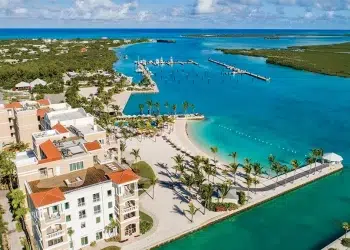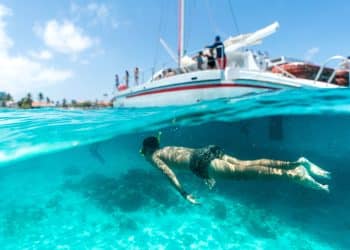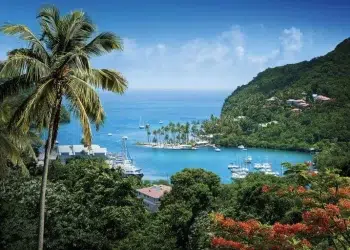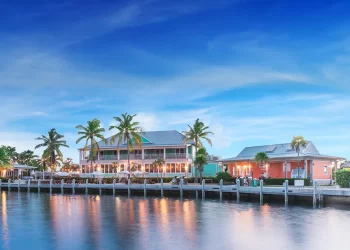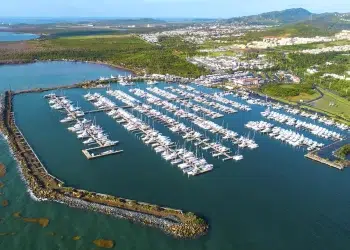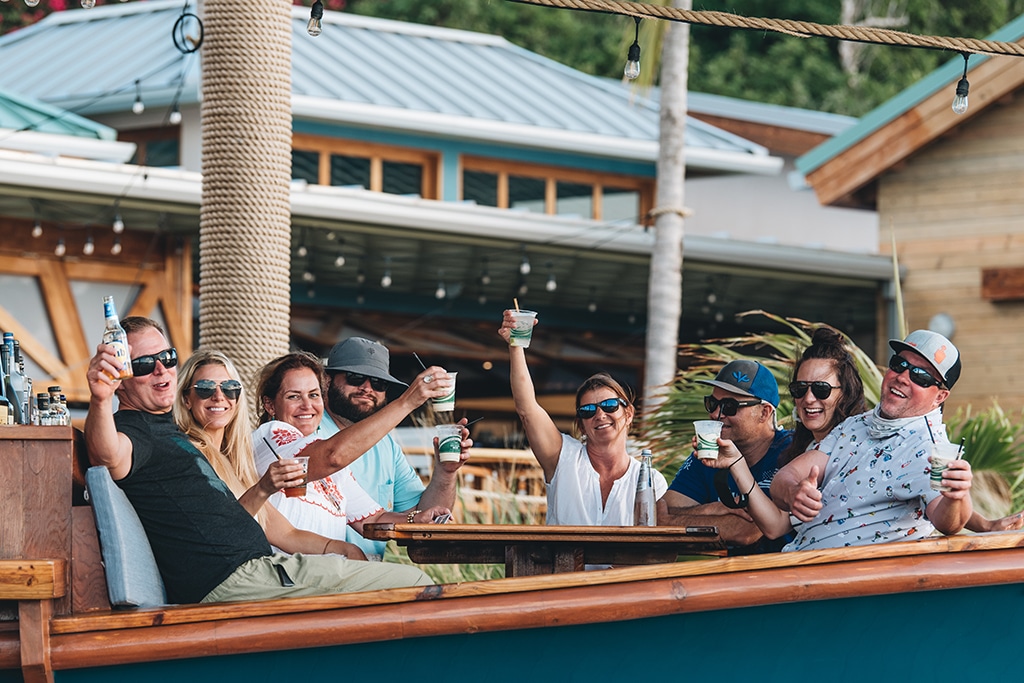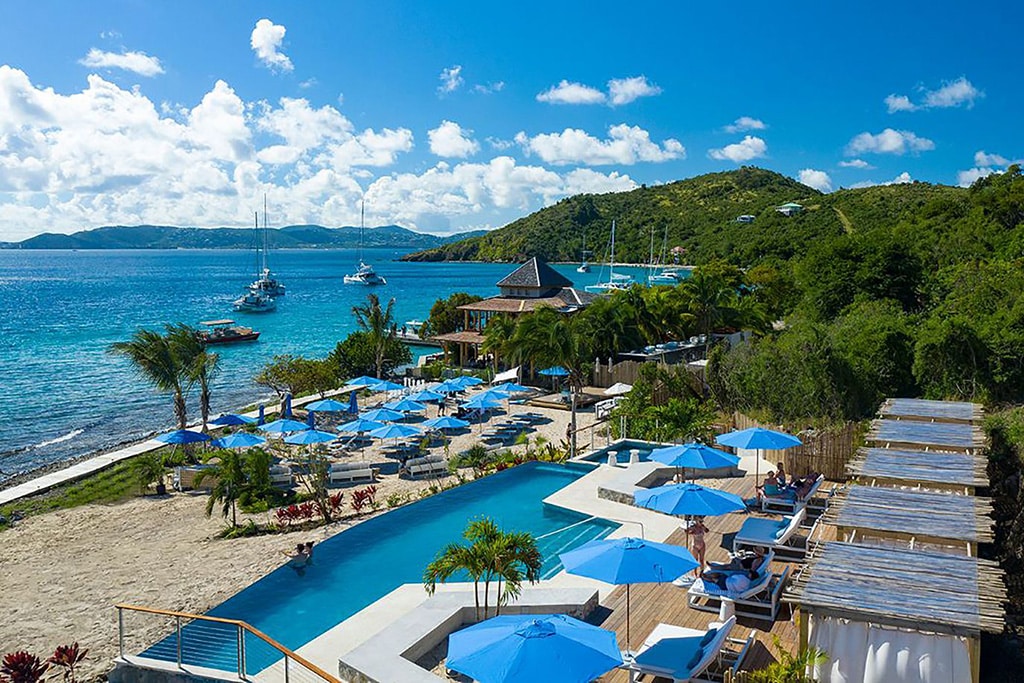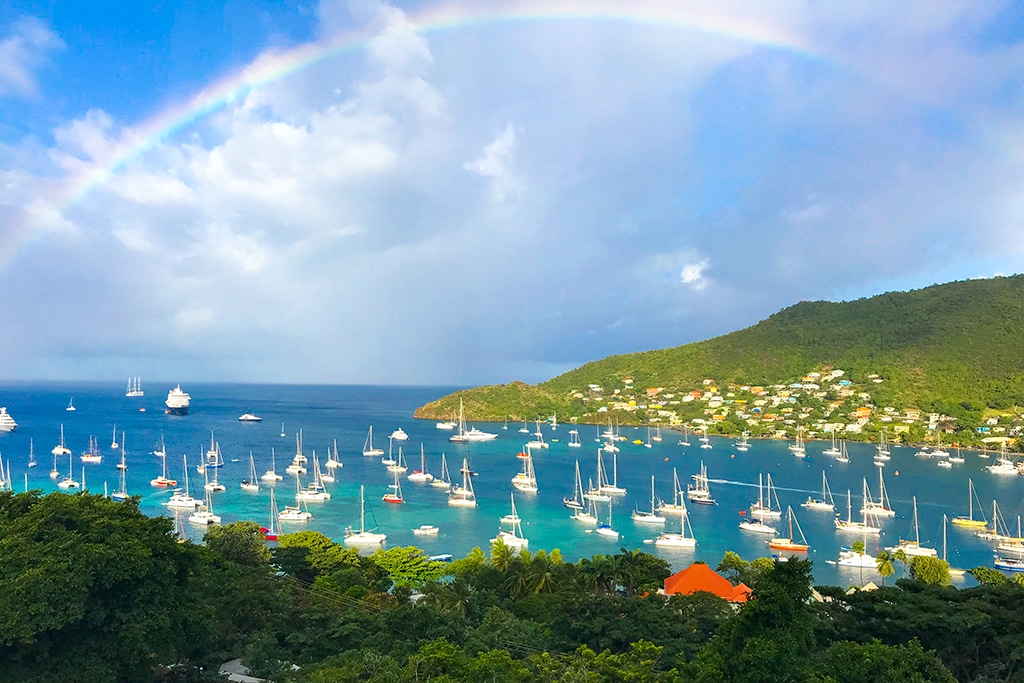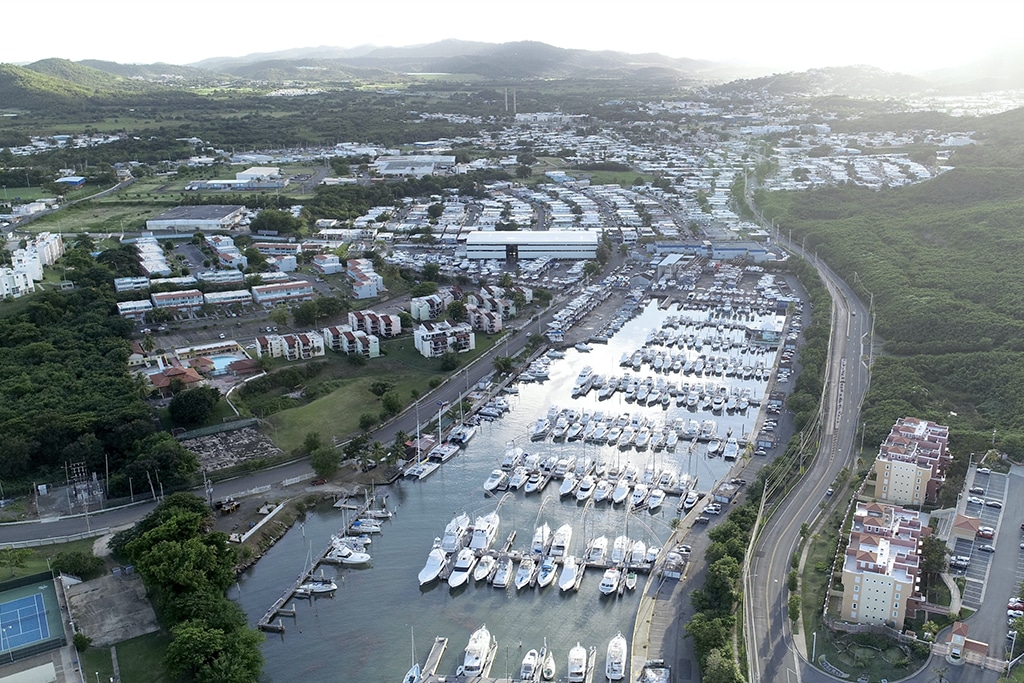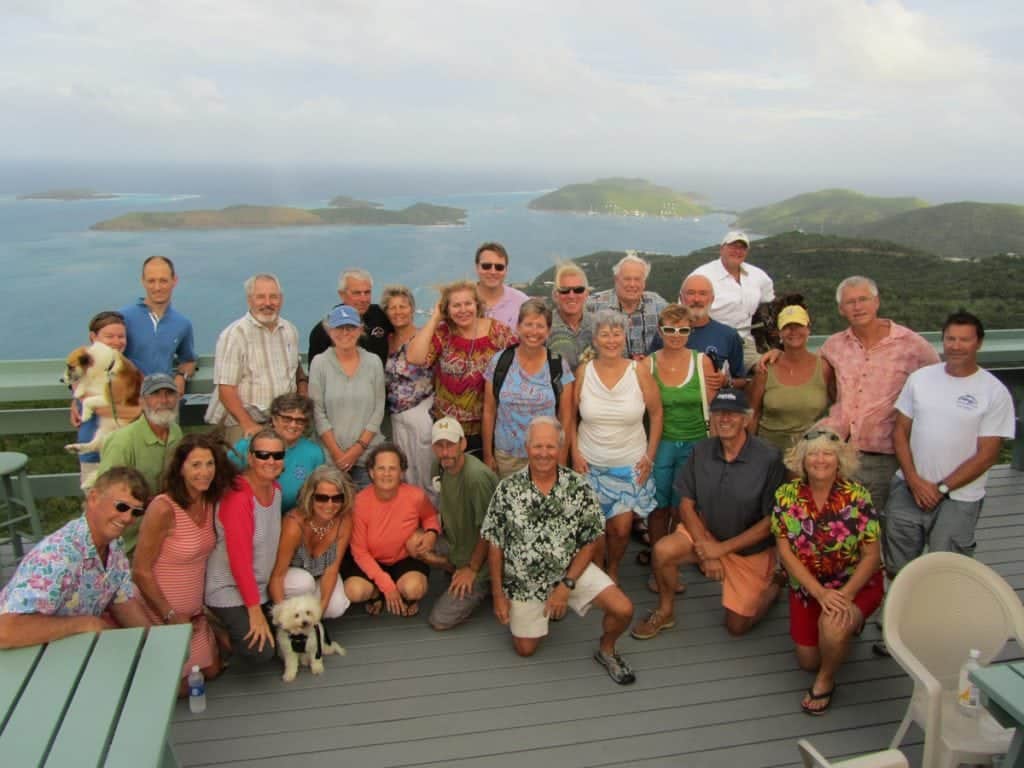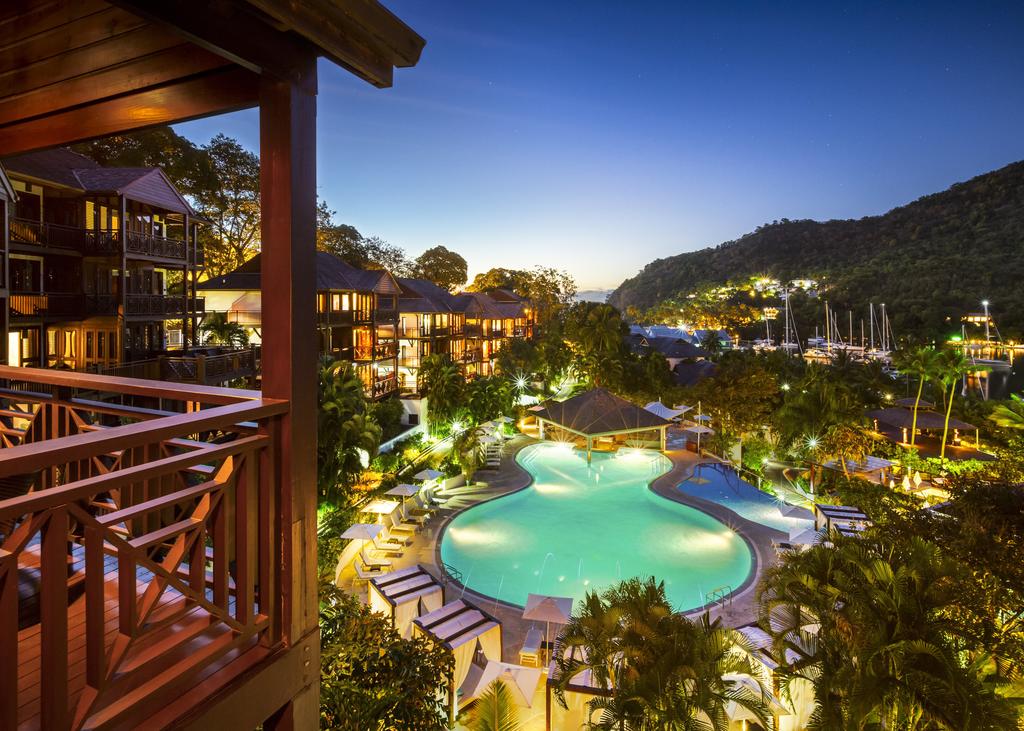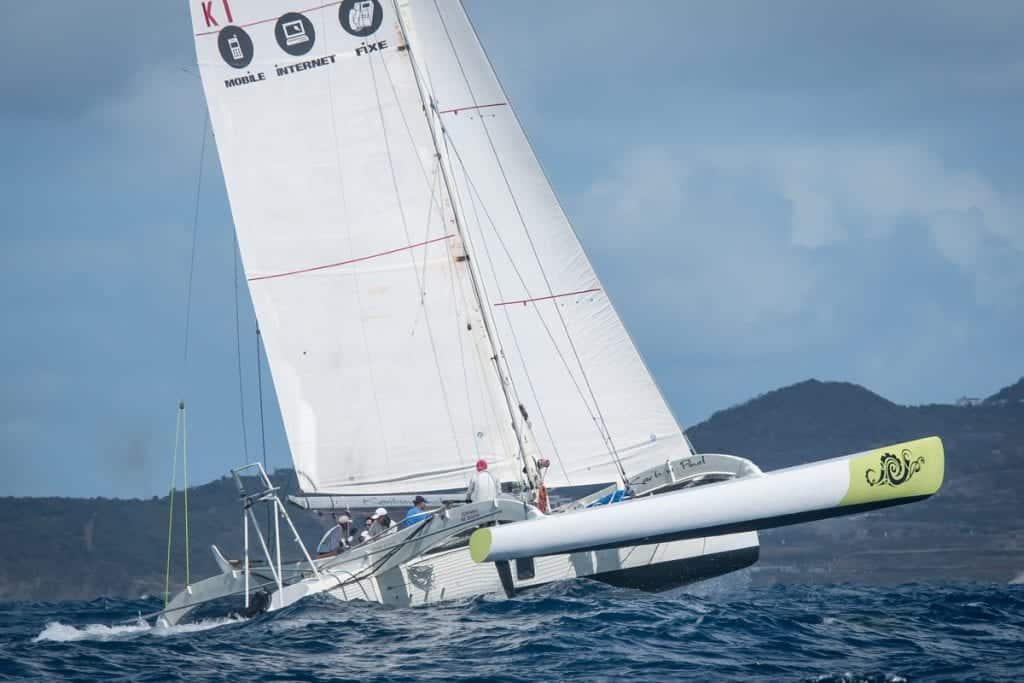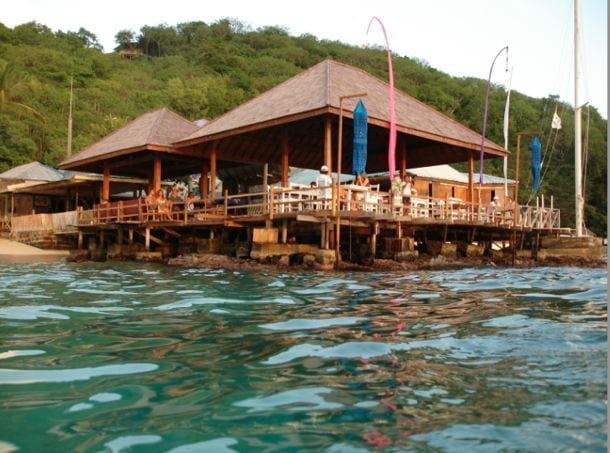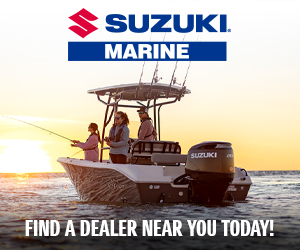Caribbean
Monthly Regional Reports for the Caribbean are posted the first week of each month so you’ll find the best of the Caribbean! The Caribbean islands offer an array of experiences for boaters. From unique cultures in St. Maarten to world-renowned diving in Belize, the region has it all. Southern Boating’s articles provide helpful insight into traveling the Caribbean by boat—including features on regions such as: Puerto Rico, Antigua, Belize, Grenada, St. Maarten, the British Virgin Islands, Aruba, St. Lucia and more. Monthly updates include news about events, fishing tournaments, and sailing regattas. Detailed cruising guides can be found in thoroughly researched articles by Southern Boating experts.
How To Explore Costa Rica’s Astonishing Fishing Grounds: Top Spots and Tips
Tackling Costa Rica’s famous fishing grounds Costa Rica is a wonderland for fishing and exploration. From its diverse Caribbean and...
Read moreDetailsAn Expert Cruiser’s Guide To The Turks And Caicos Islands
The Turks and Caicos may just be a small archipelago, but there is so much to do.It’s easy to get to...
Read moreDetailsDiscovering the Netherlands Antilles Islands: A Unique Hidden Gem
The Netherlands Antilles islands—Aruba, Bonaire, and Curacao (called the ABCs)—are among the southernmost of the Caribbean islands. Their position at...
Read moreDetailsSaint Lucia Caribbean Island
Idyllic Island With beautiful scenery and gorgeous weather, Saint Lucia is a must-stop destination as you cruise the Eastern Caribbean....
Read moreDetailsThe Cayman Islands
Bank on the Cayman Islands The Cayman Islands offer SCUBA diving, sportfishing, sailing, and more. The banks off the Cayman Islands,...
Read moreDetailsDiscover Puerto Rico
Warm Up to Puerto Rico The island is a U.S. territory and a gateway to the Caribbean. It’s amazing how...
Read moreDetailsBitter End Yacht Club adds a new Beach Bar
New Beach Bar for the BEYC Grab yourself a beer on tap, red or white wine by the glass, or...
Read moreDetailsLovango Resort + Beach Club Opens in the USVI
Stay overnight or come for the day. The USVI’s latest cay-side vacation spot, the Lovango Resort + Beach Club, recently...
Read moreDetailsChartering in the Windward Islands
Chartering in the Windward Islands This string of Southern Caribbean islands is perfect for those who’ve already cruised the USVI...
Read moreDetailsGrand Caribbean Marinas acquires Villa Marina in Puerto Rico
Grand Caribbean Marinas establishes itself as a powerhouse in the Caribbean and the United States. Grand Caribbean Marinas, part of...
Read moreDetailsCalling all Salty Dawgs!
Are you a salty dawg? Rallies are a popular way to cruise with company when transiting from the U.S. East...
Read moreDetailsMarigot Bay Marina, St. Lucia
Marigot Bay Marina While most marinas must prepare for hurricanes, tropical storms, and other weather hazards, Marigot Bay Marina in...
Read moreDetailsAntigua Sailing Week
Antigua Sailing Week Antigua Sailing Week Launches into Second Half-Century Big is the word for the 52nd Antigua Sailing Week...
Read moreDetailsCaribbean Multihull Challenge
Caribbean Multihull Challenge Check out the inaugural Caribbean Multihull Challenge Multihull classes were virtually nonexistent in most major Caribbean regattas. Sure,...
Read moreDetailsBasil’s Bar is back
The iconic Basil's Bar is back and better than ever What do celebrities such as Mick Jagger, Denzel Washington, Prince William,...
Read moreDetails

